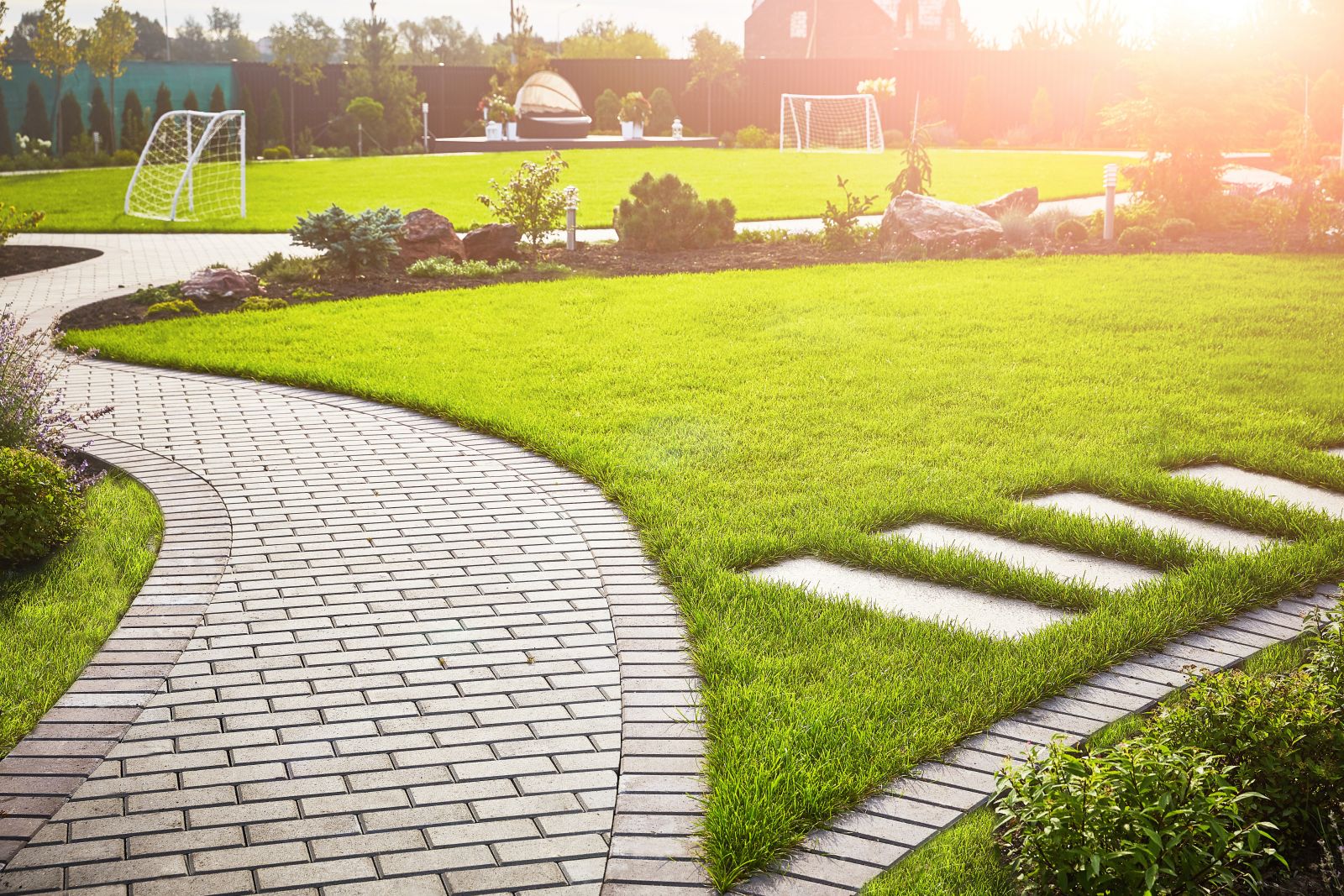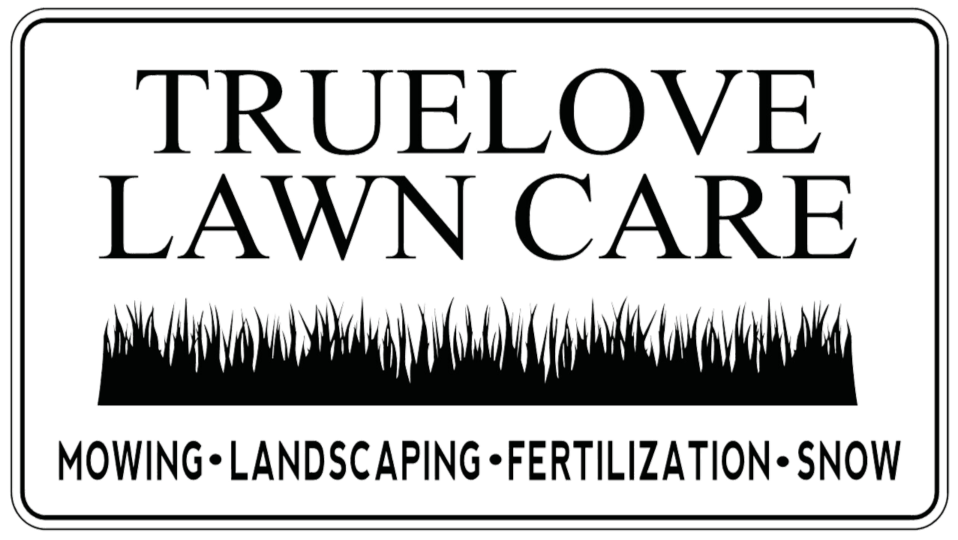Tired of Your Lawn Looking Like a Patchy Mess? Here is How to Get It Lush and Green Again!
- Home
- Tired of Your Lawn Looking Like a Patchy Mess? Here is How to Get It Lush and Green Again!

- By Truelove Lawn Care
- September 26th, 2024
We’ve all been there—you step outside ready to relax, and your lawn looks more like a spotty quilt than the lush, green carpet you were hoping for. Whether your grass is thinning, showing bare patches, or just not thriving, it’s frustrating. But don’t worry! With a few simple steps, you can turn things around and give your lawn a fresh start.
Let’s walk through the key steps you need to take to transform your lawn into a beautiful, healthy green space.
Step 1: Start with a Soil Checkup
Your lawn’s health starts below the surface. If your soil isn’t in good shape, even the best lawn care practices won’t deliver the results you’re after.
Why Soil Testing Is Essential
Soil testing helps you understand what’s going on beneath your grass. You’ll learn about your soil’s pH level, which affects how well your grass can absorb nutrients. Most grasses thrive in slightly acidic soil, but if your pH is too high or too low, your grass won’t get the nutrients it needs.
You’ll also discover whether your soil has the right balance of nitrogen, phosphorus, and potassium—three essential nutrients for a healthy lawn.
How to Test Your Soil
A simple soil test can be done at home with a DIY kit or through a local extension office. Once you get the results, you can adjust your soil as needed:
Too acidic? Add lime to raise the pH.
Too alkaline? Use sulfur to lower it.
Nutrient deficiency? Select a fertilizer with the right mix of nitrogen, phosphorus, and potassium.
Step 2: Aerate to Relieve Compaction
If your lawn’s soil is compacted, it’s like trying to breathe through a straw—your grass can’t get the air, water, or nutrients it needs. That’s why aeration is so important.
What Is Aeration?
Aeration involves punching small holes in your lawn and removing plugs of soil. This process helps loosen compacted soil and allows water, air, and nutrients to reach the grass roots more easily. It’s a game-changer for lawns struggling with compaction.
When and How to Aerate
The best time to aerate is in the fall when grass is actively growing and can quickly recover from the process. Aerating once a year is usually enough for most lawns, but if your lawn sees a lot of foot traffic or heavy equipment use, you might want to do it twice a year.
Step 3: Overseed to Fill in the Gaps
Now that your soil is healthy and your lawn has been aerated, it’s time to overseed. Overseeding helps fill in thin areas and bare spots, encouraging thicker, healthier growth.
Choosing the Right Seed
Select grass seed that’s suited to your climate and lawn conditions. If your lawn is shaded, go for a seed mix designed for low-light areas. If your lawn is in full sun, choose a sun-loving variety.
How to Overseed
After aerating, spread the grass seed evenly across your lawn. Focus extra seed on any bare or thin spots, but don’t overdo it. Lightly water the newly seeded areas and keep the soil moist until the new grass takes root.
Step 4: Water Wisely
Watering is a delicate balance—too much or too little can both lead to problems. A patchy lawn is often a sign of inconsistent watering.
How Much Water Does Your Lawn Need?
Generally, your lawn needs about 1-1.5 inches of water per week. You can achieve this through rainfall or irrigation. If you water too frequently, your grass may develop shallow roots, making it more vulnerable during dry periods. On the other hand, if you’re not watering enough, the grass will dry out and die in spots.
Tips for Smart Watering
Water in the morning: Early morning is the best time to water your lawn. It allows the grass to absorb moisture before the heat of the day causes evaporation.
Use a sprinkler system: Set up a consistent watering schedule using a sprinkler system to ensure even coverage and prevent overwatering.
Step 5: Fertilize for Growth
Fertilizing your lawn gives it the nutrients it needs to thrive, but over-fertilizing can do more harm than good.
When to Fertilize
The best times to fertilize are in the spring and fall when the grass is growing. A slow-release fertilizer will provide a steady supply of nutrients without overwhelming the grass.
Choosing the Right Fertilizer
Pick a fertilizer that matches your soil test results and lawn’s needs. Make sure it has the right balance of nitrogen, phosphorus, and potassium for healthy grass growth.
Step 6: Control Weeds Before They Take Over
Weeds compete with your grass for water, nutrients, and sunlight, and they can quickly make your lawn look even patchier.
Preventing Weeds
A thick, healthy lawn is your best defense against weeds. By overseeding, watering properly, and fertilizing at the right times, you’ll naturally crowd out weeds.
Targeting Weeds with Pre-Emergent Control
In addition to maintaining a healthy lawn, using a pre-emergent weed control product in the spring can help prevent weeds from sprouting. If weeds do appear, tackle them as soon as you spot them to prevent spreading.
Step 7: Maintain Your Lawn Year-Round
Lawn care doesn’t stop once your grass starts growing. Regular maintenance is key to keeping your lawn lush and green throughout the year.
Mowing
Mow your lawn at the right height—typically about 3 inches for most types of grass. Mowing too short can stress the grass and make it more vulnerable to disease, while mowing too long can encourage thatch buildup.
Seasonal Care
In addition to regular mowing, make sure you stay on top of seasonal tasks like fertilizing, weed control, and aeration. Each season brings new challenges, but consistent care will keep your lawn looking its best.
Ready for a Lawn Transformation?
If your lawn is looking a little worse for wear, don’t sweat it—there’s a clear path to a lush, green yard. By starting with healthy soil, addressing compaction, overseeding, and staying on top of watering, fertilizing, and weed control, you’ll be well on your way to a beautiful lawn.
Need some extra help getting your lawn back in shape? Truelove Lawn Care offers customized lawn care plans designed to meet your property’s unique needs. From aeration and overseeding to regular maintenance and seasonal cleanups, we’ve got you covered. Contact us today to learn more and get a free quote!
